5 hidden dangers in the bedroom (and what to do about them)
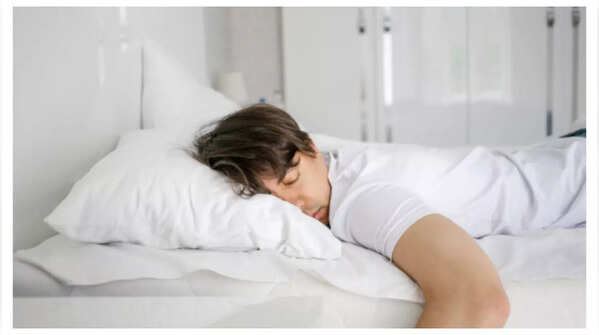
/6
The bedroom is a place where we spend the maximum amount of time, even if sleeping! Most people also use the bedroom for other activities such as reading, watching TV, or kids can sometimes play in the space, especially in cities where homes are small. However, do you know that some everyday items in your bedroom are a major health hazard? Of course, these hazards are not visible to plain sight (such as a knife on the floor, or a leaking roof) but they are equally dangerous nevertheless. Here are 5 dangers in your bedroom that you should get rid of immediately!
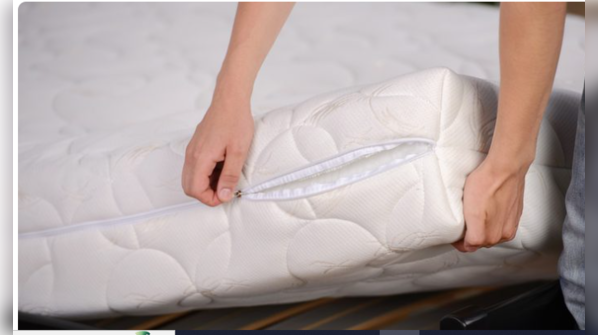
/6
Your mattress might seem comfortable, but if it’s old, it could be a health hazard. Mattresses older than 7-8 years can collect sweat, dead skin, dust mites, mold, and bacteria, since you can't wash them often (and vacuuming is not enough) Over time, these create a toxic environment that you breathe in every night. For seniors, this is especially dangerous because their immune systems are weaker and more vulnerable to these toxins. Studies show that old mattresses release harmful chemicals and allergens that can cause skin rashes, breathing problems, and worsen allergies.
What to do: Replace your mattress every 7-10 years. Choose mattresses made with non-toxic materials like organic latex or memory foam. Use a waterproof mattress protector to keep sweat and dust mites away, and vacuum your mattress regularly.
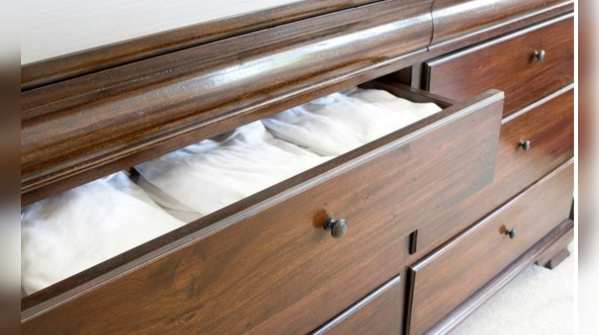
/6
Pillows and bedding are hotbeds of mite, tiny creatures that feed on dead skin. Dust mites trigger allergies, asthma, and skin irritation. They can also cause respiratory problems that might turn into lung issues. Old pillows especially accumulate dust mites, sweat, and allergens, making them a hidden danger in your sleep space.
What to do: Wash your bedding weekly in hot water to kill dust mites. Replace pillows every 1-2 years and use hypoallergenic pillowcases.
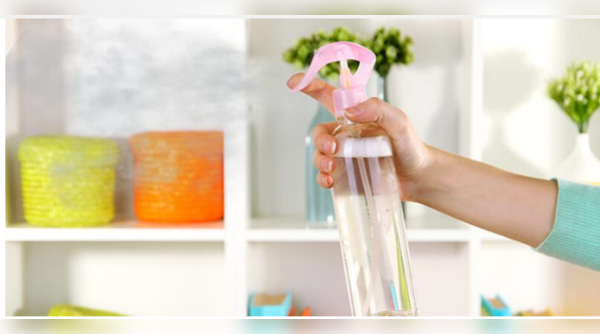
/6
Many people use air fresheners to keep their bedroom smelling nice and fresh. However, these products often contain harmful chemicals called phthalates. Phthalates can cause hormonal disruptions, and even reproductive harm. Using synthetic air fresheners regularly can worsen indoor air quality and silently harm your health, not to forget they can trigger terrible migraines and allergies.
What to do: Avoid air fresheners altogether (if need be they can be used in the bathroom) Instead, open windows for fresh air or use natural alternatives like essential oils.
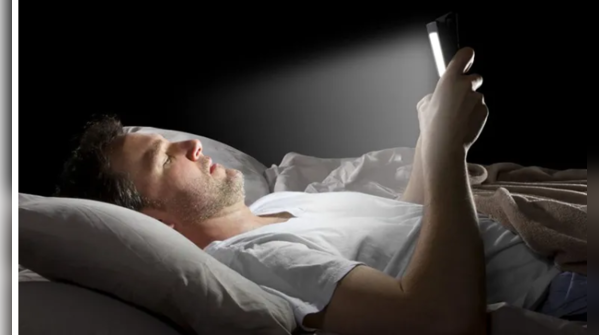
/6
Exposure to artificial light too close to the bed, especially blue light from digital clocks, smartphones, and LED bulbs, can disturb your sleep cycle by suppressing melatonin, the hormone that helps you fall asleep. This is particularly harmful for older adults, who are more sensitive to light at night. Poor sleep caused by artificial light increases risks of heart disease, diabetes, and even some cancers.
What to do: Use blackout curtains for darkness and dim, warm-colored lights in the evening. Keep electronic devices away from your bed.
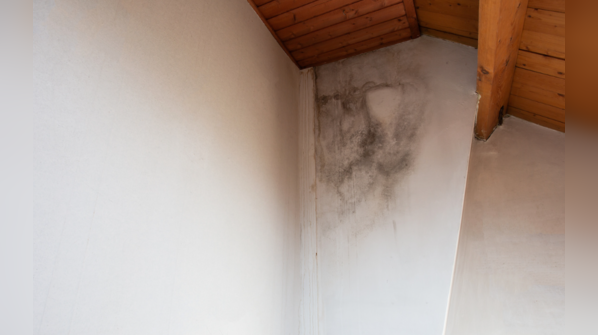
/6
Mold grows in damp areas and can be invisible until it causes health problems. Mold spores in the bedroom air can trigger asthma attacks, allergies, and respiratory infections. For seniors and people with weak immune systems, mold exposure can be deadly. Mold also worsens skin conditions and can cause systemic inflammation affecting joints and the heart. Mold is mostly found in homes with little to no natural light.
What to do: Check for signs of mold like water stains, peeling paint, or musty smells. If you find mold, call a professional for safe removal.
Follow Us On Social Media










